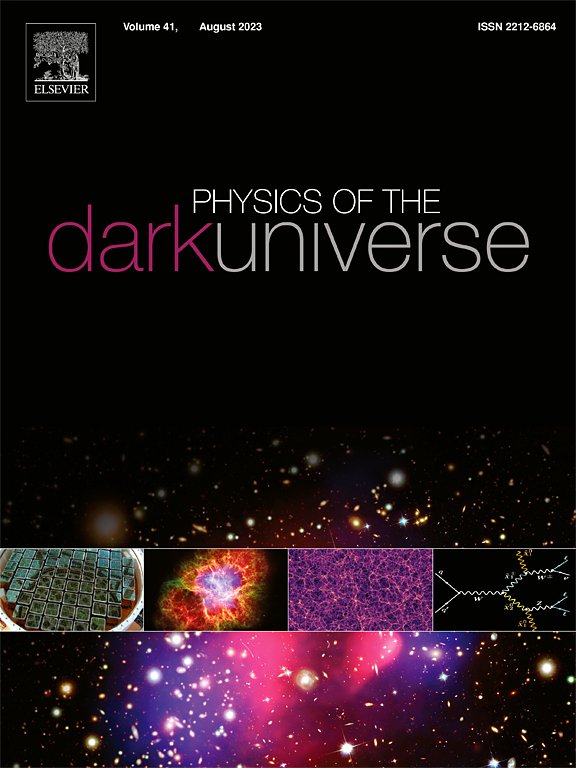Construction of complexity-free anisotropic Dark Energy Stars
IF 5
2区 物理与天体物理
Q1 ASTRONOMY & ASTROPHYSICS
引用次数: 0
Abstract
An enigmatic and forceful factor in the universe, dark energy is an essential component in driving the accelerated cosmic expansion. The interaction of such mysterious cosmic energy with gravitationally bound systems is, therefore, quite likely to occur, either directly or indirectly. In this context, we offer a concise method for investigating the possible interplay between ordinary matter and dark energy. We propose an astrophysical stellar model regulated by anti-gravitational energy that satisfies the zero-complexity constraint using the complexity factor formalism for static astrophysical stellar configurations, as originally suggested by Herrera (2018). The zero complexity condition helps to close the gravitational system in Einstein’s gravitational model. The temporal counterpart, , is established by applying the complexity-free constraint, whereas the radial metric component, , is obtained using the well-known Krori–Barua ansatz. Furthermore, we note that the dark energy parameter affects the matter density and the stress components associated with normal matter of the complexity-free model. The resulting solutions are afterward examined in terms of geometrical and physical characteristics, such as stress components, density, energy conditions, and metric potentials. This is achieved by using the dense pulsar 4U 1538-52 as a representative model star. We have studied in detail how affects our stellar model. The presented complexity-free model of dark energy is well-behaved and physically viable, as observed for different allowable values of .
求助全文
约1分钟内获得全文
求助全文
来源期刊

Physics of the Dark Universe
ASTRONOMY & ASTROPHYSICS-
CiteScore
9.60
自引率
7.30%
发文量
118
审稿时长
61 days
期刊介绍:
Physics of the Dark Universe is an innovative online-only journal that offers rapid publication of peer-reviewed, original research articles considered of high scientific impact.
The journal is focused on the understanding of Dark Matter, Dark Energy, Early Universe, gravitational waves and neutrinos, covering all theoretical, experimental and phenomenological aspects.
 求助内容:
求助内容: 应助结果提醒方式:
应助结果提醒方式:


